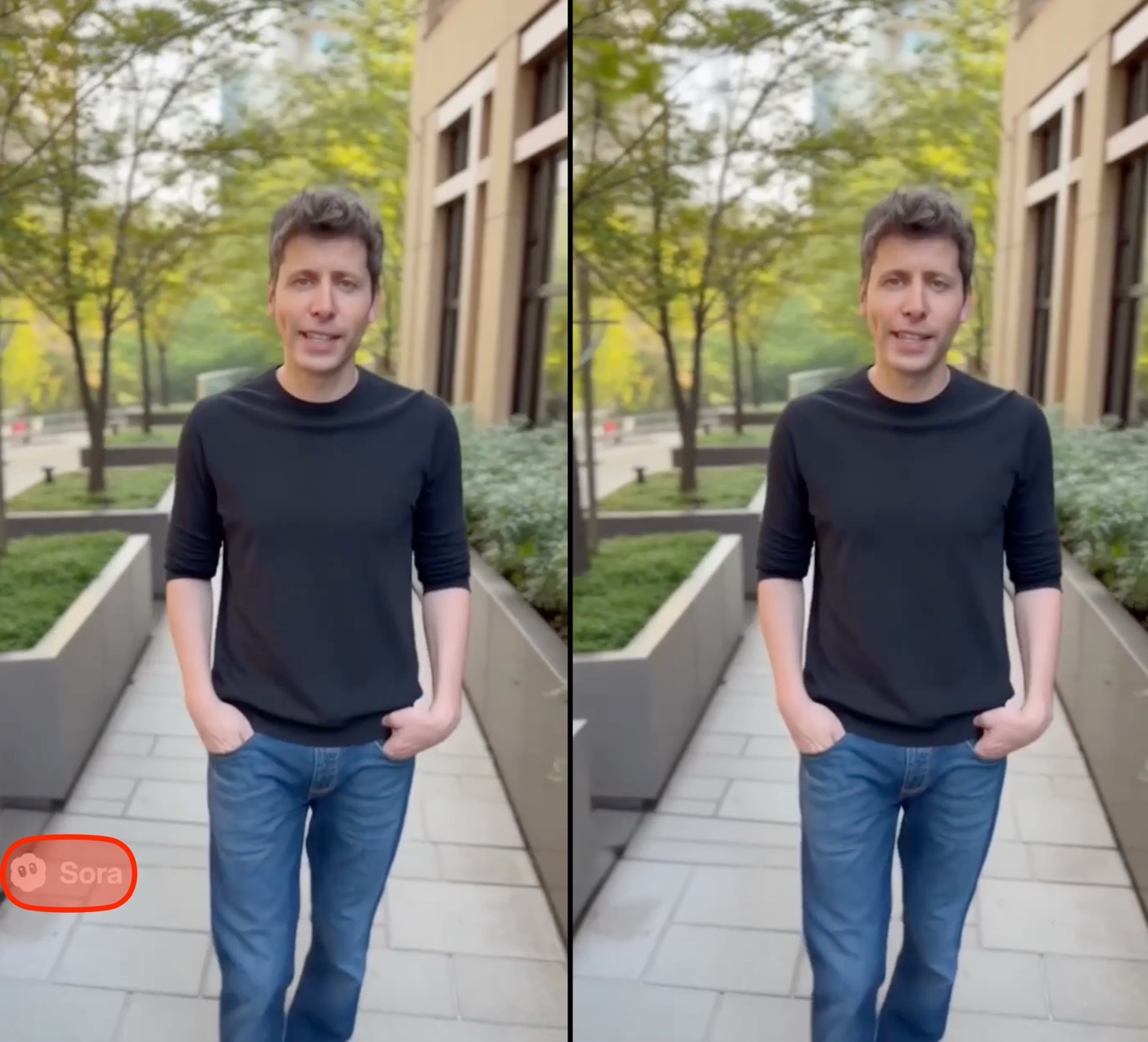Learning to walk in just an hour, the robot was able to successfully use complex leg mechanics. The Bayesian optimization algorithm inside drives the learning: foot sensor data is compared with target data from a simulated virtual spinal cord. The robot learns to walk by constantly comparing the sent and expected information and adapting its motor control.
It is stated that the robot can optimize its movements faster than the animal. His computer consumes only five watts of power while walking.
“Our robot was kind of ‘born’ without knowing anything about the anatomy of its legs and how it works,” the scientists explain. “We can’t easily study the spinal cord of a living animal. But we can simulate it in a robot… This is fundamental research at the intersection of robotics and biology. The robotic model gives us answers to questions that biology cannot answer.”
Source: Ferra










